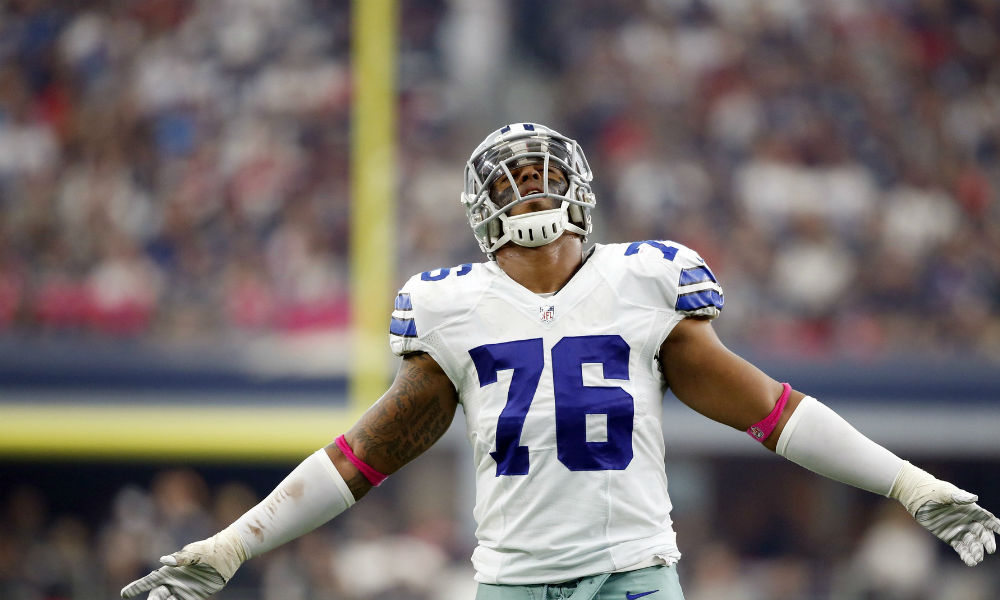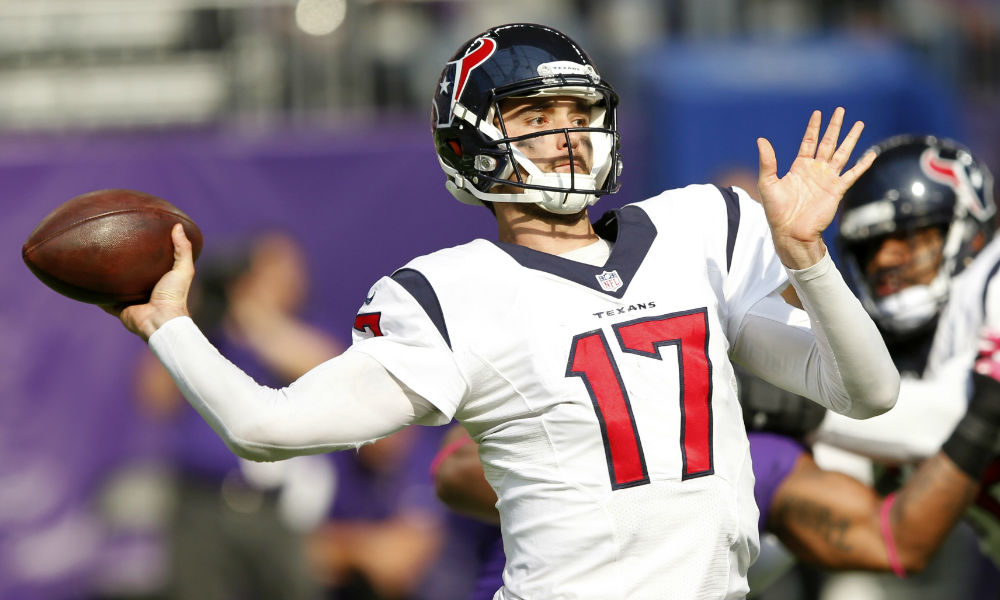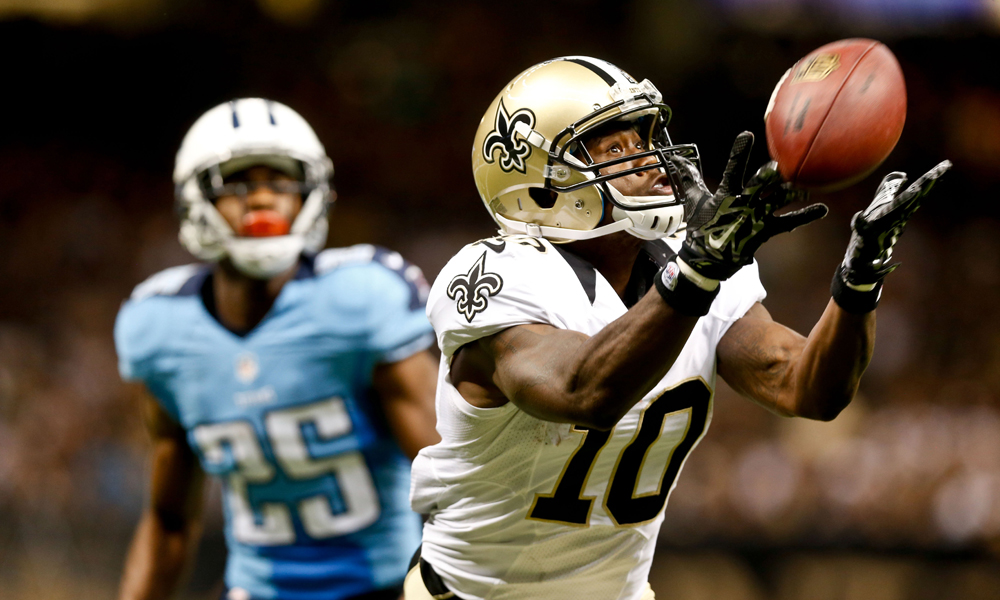News
Which NFL Team Drafts the Best Cornerbacks?
Some of the top secondaries all-time in NFL history may surprise you
The cornerback position has become one of the most important in the NFL. With the advent of the passing game, you need not only one good cornerback, but usual three.
We’re going to take a look at some of the teams that do the very best job at drafting the position.
Who Drafts The Best Cornerbacks?
Oakland/Los Angeles Raiders
The Silver-N-Black takes a backseat to no one when it comes to have a history of drafting shutdown corners. The duo of Hall of Famer Mike Haynes and his teammate Lester Hayes was about as good as it gets.
Could Oakland be the best secondary drafting front office from top-to-bottom (cornerbacks/safeties)?
“I really think we had the best secondary,” said two-time Pro Bowler Vann McElroy. “If you look at the whole group from 1 to 10 I think we would have to be the highest.”
How could anyone deny it?
Michael Haynes was nicknamed the “Spider.” Lester Hayes was known as “Judge.” McElroy shared that he and fellow safety Mike Davis where known as “Crash” and “Mad Dog.”
Haynes was originally drafted the New England Patriots in the first-round of the 1976 NFL Draft. He spent the beginning of his career (1976-82) with the Patriots before joining the Raiders (1983-89). Although he was not drafted by Oakland, his pairing with Hayes (1976 Oakland Raiders draft pick) made the duo one of the best the NFL has ever seen.
Their success alone is more than some NFL teams have produced as a franchise. Haynes and Hayes combined for three Super Bowl rings, 14 combine Pro Bowl selections. Each player was a member of the 1980s All-Decade Team and Hayes a member of the 75th Anniversary Team.
“Jheri curls and the stickem,” McElroy reflected back on standing in the huddle with Hayes. “I had to hold his hand in the huddle and he had that stickem. He looked like a crazy guy out there.”
McElroy acknowledged and cherished those memories and knows that the current financial situation in the NFL (free agency) will not allow teams the ability to keep star studded groups intact for a long period of time.
For an encore, the Raiders drafted 1997 Heisman Trophy Winner Charles Woodson. He exemplified all the traits a team would want from a defensive back. Woodson’s first stint with the Raiders (1998-05) resulted in four Pro Bowl nominations and three All-Pro nods. He spent seven years in Green Bay, winning a Super Bowl with the Packers (XLV) and added four more Pro Bowl and All-Pro seasons to his illustrious career.
Woodson returned (2013) as a safety for the Raiders and continues to play at an extremely high level while Canton craves the opportunity to present his bronze bust once he finally calls it quits in the NFL.
Oakland did not stop with Woodson.
The 2003 NFL Draft allowed Oakland to make another phenomenal selection in former California defensive back Nnamdi Asomugha. During his career in Bay Area he was renowned across the NFL as the best cover corner in the league.
Asomugha was the lone bright spot for a team that failed through some of the most dismal times in the franchise’s history. The two-time team MVP never played on a Raiders team that finished above .500 and averaged only 4.6 wins per year during his eight-year career in Oakland.
It is an Oakland trifecta with Hayes, Woodson and Asomugha showing the brilliance the team has displayed while drafting defensive backs.
We didn’t even mention Jack Tatum!
Or the other top-name safeties brought it as free agents like Willie Brown, Ronnie Lott and Rod Woodson.
Who is the next Oakland legend (defensive back) to be drafted?
Detroit Lions
Spectacular! Amazing! Stupendously insane!
Those are the words that do not come close to describing the Lions secondary during the time Dwight Eisenhower was Commander in Chief (1953-61) of the United States.
Before President Eisenhower placed his rear end behind the Oval Office desk, the Lions were building a secondary that may be second to none in the history of the NFL.
Read between the blurred lines because the Lions success had a mixture of both cornerbacks and safeties. It would be better served in this particular case to illustrate the overall combination of success the Lions enjoyed early on as a franchise at identifying and drafting the best secondary players available.
Their success started in 1951 when the Lions took safety Jack Christiansen out of Colorado State. The 69th overall pick helped the Lions to two NFL championships (1952-53).
He ended up in the Hall of Fame.
One year after drafting Christiansen, the Lions focused on the secondary once again and drafted future nine-time Pro Bowl selection Yale Lary in the third-round of the 1952 NFL Draft.
Lary followed Christiansen into the Hall of Fame.
Yes both played safety and this piece is on the success of cornerbacks, but it all ties in together.
Sort of…
Dick LeBeau, one of the most respected defensive coordinators ever to roam a sideline, originally began his NFL career in Cleveland after being drafted by the Browns in 1959. He didn’t make it out of training camp (ouch) after being cut and eventually the Lions swooped up another Hall of Fame player in the secondary.
The sense the Lions scouting staff had during that time to identify talent is astonishing!
Christiansen, Lary and LeBeau are all Hall of Fame players and we still have another left to name.
The finale for Detroit was in 1967 with the drafted selection of Lem Barney. He was a seven-time Pro Bowl selection and member of the 1960s All-Decade Team. The 1967 Defensive Rookie of the Year ended up in the Hall of Fame in 1992.
The Lions then sadly fell off the ledge.
Since Barney, the Lions unfortunately have misplaced the formula to success when drafting star cornerbacks and safeties.
Detroit has used its top pick in the NFL Draft six times on a player from the secondary. From 1976-78, the Lions spent three of the top selections on players to upgrade the back end of the defense with minor to modest results.
Safety Bennie Blades is the closet thing the Lions have seen since the selection of Barney in ’67, but again that run of success is simply to strong to ignore.
Arizona/St. Louis Cardinals
Amongst the top Pro Bowl players ever to be drafted by the Cardinals, it is evident that over the years the secondary has overachieved by leaps and bounds.
Three of their top-five all-time All-Pro players played cornerback. Four of their top nine overall and five of the top 12 All-Pro players played either cornerback or safety. The list includes Larry Wilson, Roger Wehrli, Aeneas Williams, Patrick Peterson and Adrian Wilson. This elite list of all-stars also combined for 30 Pro Bowl appearances, placing the Cardinals amongst the best at drafting defensive backs.
The team has experienced generations of success.
That success began in 1960 after the Cardinals of St. Louis used their better judgment selecting Utah defensive back Larry Wilson in the seventh-round. Wilson was a pioneer to the safety position and famously intercepted a pass with casts on both hands. This represented the toughness of a different generation fondly remembered, but sometimes sadly forgotten. Wilson played himself into Canton (Pro Football Hall of Fame) after he was All-NFL six times in his career (1960-1972). If the moment occurs where NFL Films is showing some Wilson highlights I encourage you to watch one of the all-time greats of the position.
A few years after the selection of Wilson, the Cardinals hit pay-dirt again with their first-round pick in the 1963 NFL Draft. The Cardinals took Jerry Stovall out of LSU. He helped solidify the St. Louis defensive secondary with Pro Bowl invites himself.
From way back when to the modern day, the Cardinals have proved that for all the things they may lack as an organization drafting cornerbacks is not one of them.
News
Broncos holding their breath on Derek Wolfe
Source: Mike Florio of ProFootballTalk
Powered by WPeMatico
News
Buccaneers admit mistake, boot Aguayo
Source: Mike Florio of ProFootballTalk
Powered by WPeMatico
News
Did Bucs put too much pressure on Aguayo?
Source: Mike Florio of ProFootballTalk
Powered by WPeMatico




